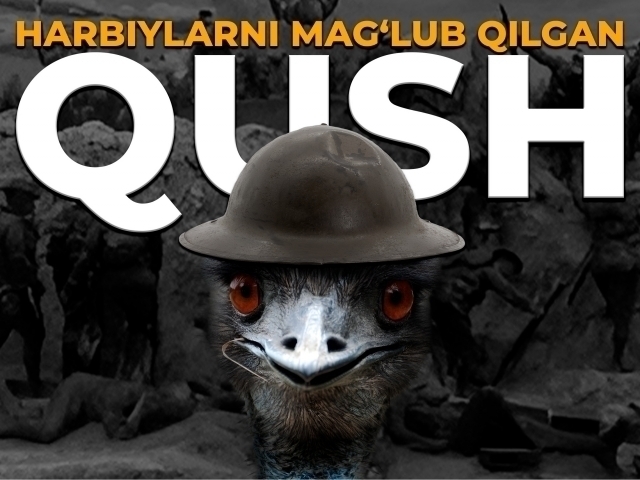Battle of man and bird: Unlikely Emu War of the 1930s
Interesting
−
10 March 12994 5 minutes
In the 1930s, an unprecedented battle took place in the Australian outback. Thousands of former soldiers moved to Western Australia in exchange for benefits offered by the government. These soldiers, who were setting up farms, were threatened by an “unusual enemy” – the emu, a tall, flightless bird that was searching for food and attacking the newly established farms.
The government made a quick and unusual decision: soldiers armed with machine guns were sent to destroy more than 20,000 emus. At first, it seemed like an easy “operation,” but events took a completely different turn.
Unusual Battle
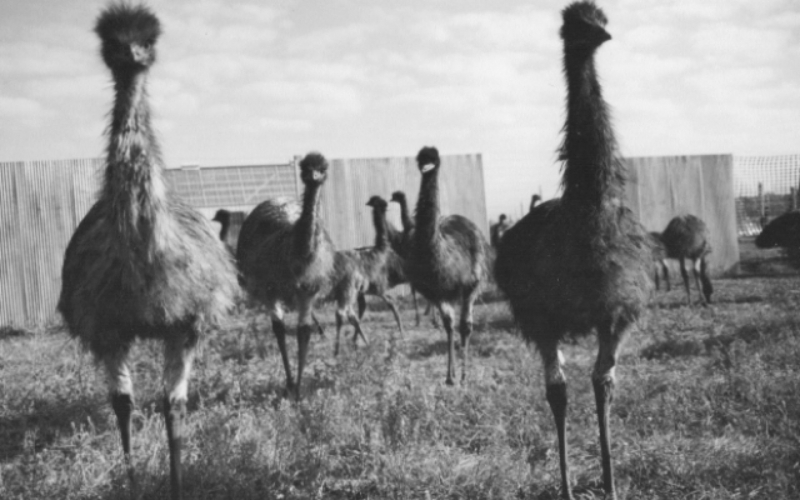
After the First World War, the government planned to settle more than 5,000 former soldiers in Western Australia to work on farms. However, the harsh conditions of the area – poor soil and erratic rainfall – made farming difficult. In 1932, a severe drought forced more than 20,000 emus to enter farming areas in search of food. They not only destroyed crops but also broke down fences, opening the way for small wild animals. Following that, three soldiers of the Australian artillery, armed with two Lewis light machine guns, were deployed to destroy the emus.
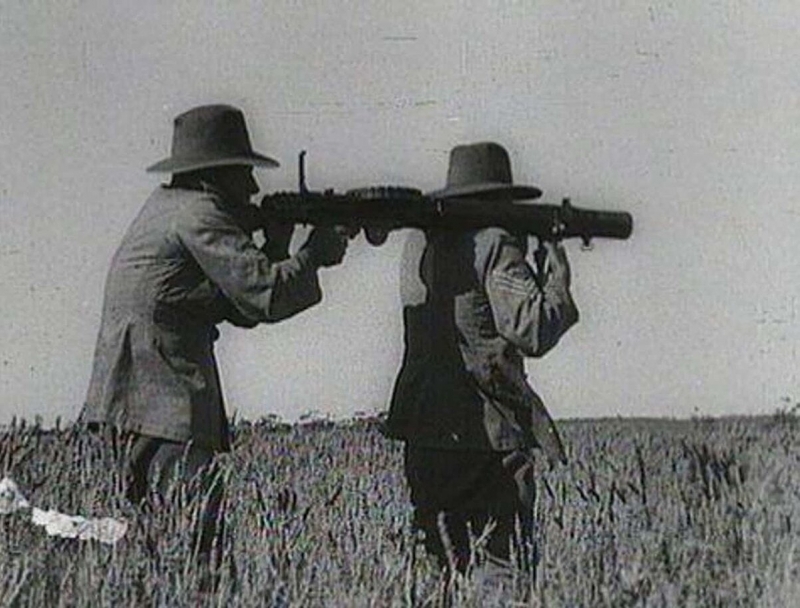
According to experts, the operation got out of hand because people at that time did not know enough about emus, and did not know that they are extremely fast and agile birds.
Only 30 emus were killed in the first three days as the birds began to move in small groups.
As news of the “war” spread, public interest increased. People admired the emus, who defended themselves with great skill. There were even rumors that the birds were forming “battle units” and escaping from the soldiers with the help of observers.
Attempts were made to round up the scattered emus with trucks and turn them into targets for machine gunners, but these birds, which run at a speed of 88 km/h, fled over rough terrain. According to eyewitnesses, even light bullets could not kill them – the wounded emus survived.
During the 45-day battle, the soldiers managed to kill 2,500 birds. Soon, calls for a humane treatment of emus were heard, and the government halted the operation. In the end, the emus won this battle!
“Immortals” of the Desert
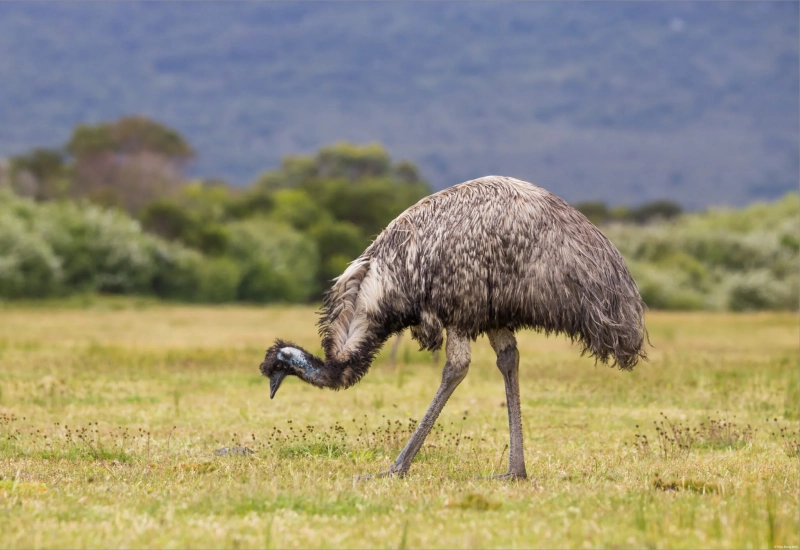
The “Emu War” is not only an example of military failure but also demonstrates the amazing endurance of these birds. Standing about 180 cm tall and with a stride length of up to 1 meter, emus are flightless birds descended from dinosaurs. Their powerful leg muscles provide them with great speed and endurance, allowing them to run at speeds of up to 88 km/h and cover distances of up to 24 km per day.
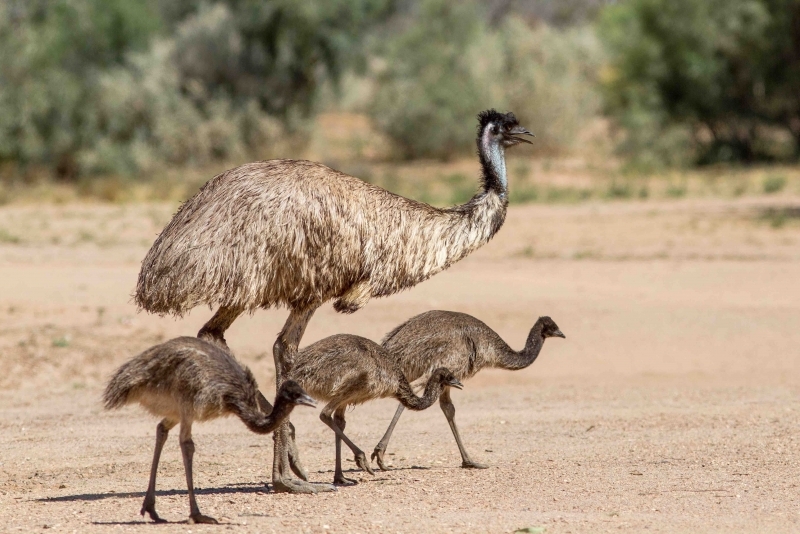
Emus can be said to be “model fathers.” They incubate eggs laid by their females for up to 8 weeks and care for newly hatched chicks for up to 6 months.
Usually, emus forage alone or in small family groups. However, during droughts, they unite in large flocks and migrate across vast distances. It is this natural behavior that led to the events now known as the “Emu Wars.”
Australia’s Symbol
In addition to their ecological role, the emu holds deep cultural significance in Australia. In ancient Australian mythology, the emu is seen as a symbol of endurance, strength, and a deep connection with nature. These birds have become so closely associated with Australia that they appear on the national coat of arms, the 50-cent coin, and even on the logos of sports teams.
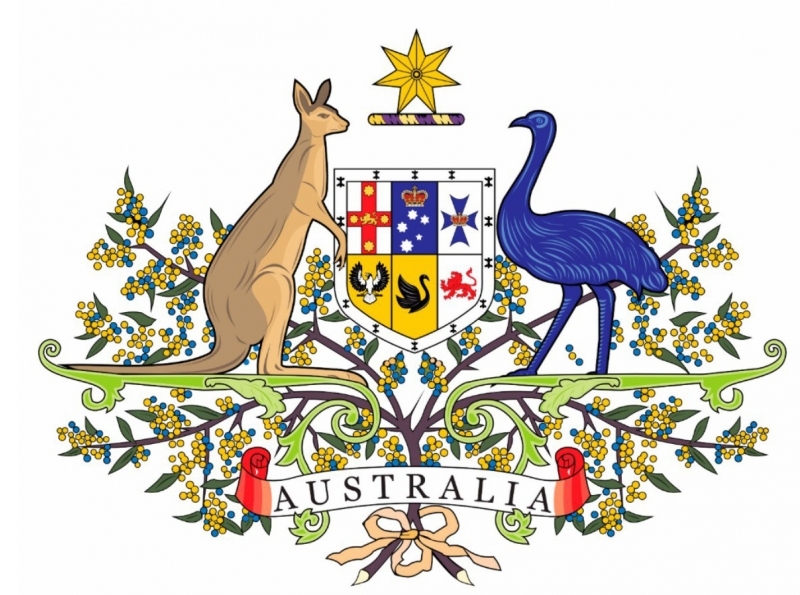
Having failed in its military campaign, the emu has become a symbol of adaptability and survival. Protected by law since 1999, the emu population now numbers over 600,000 in Australia, the smallest continent and the largest island in the world.
The Massacre of Sparrows in China
When it comes to conflicts between man and nature, it is impossible not to mention the “Chinese famine” that followed the extermination of sparrows. In 1958, China launched the “Four Pests” campaign, which aimed to eradicate flies, mosquitoes, rats, and sparrows. “Man must conquer nature” became the slogan of the campaign.
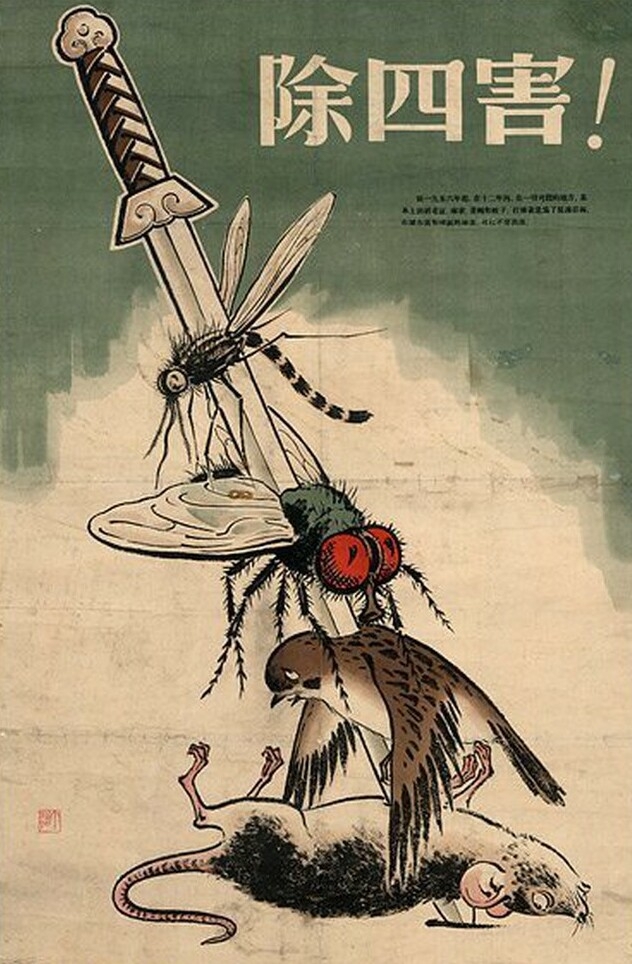
People employed various methods to kill sparrows, such as destroying their nests, breaking their eggs, chasing them away, and preventing them from landing. According to some reports, hundreds of millions of sparrows were killed as a result of the campaign. Other species of birds also suffered greatly.
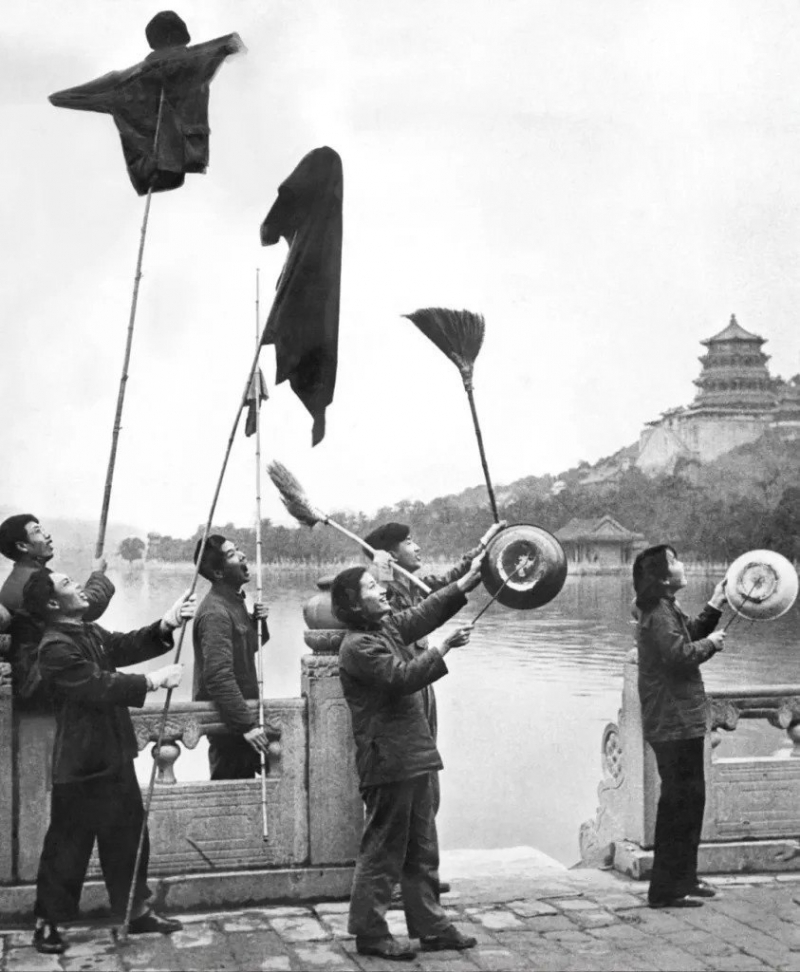
Two years later, insects such as locusts became uncontrollable, and by an incredible coincidence, a major drought occurred that year. As a result of this ecological imbalance, millions of people died of starvation. No one knows exactly how many; the Chinese government officially states that 15 million people died, while journalist Yang Zhishen claimed in his book "Tombstones: The Great Chinese Famine" that the death toll was 36 million.
It is worth noting that not all people died solely from hunger. Riots broke out across the country, and people killed each other for food.
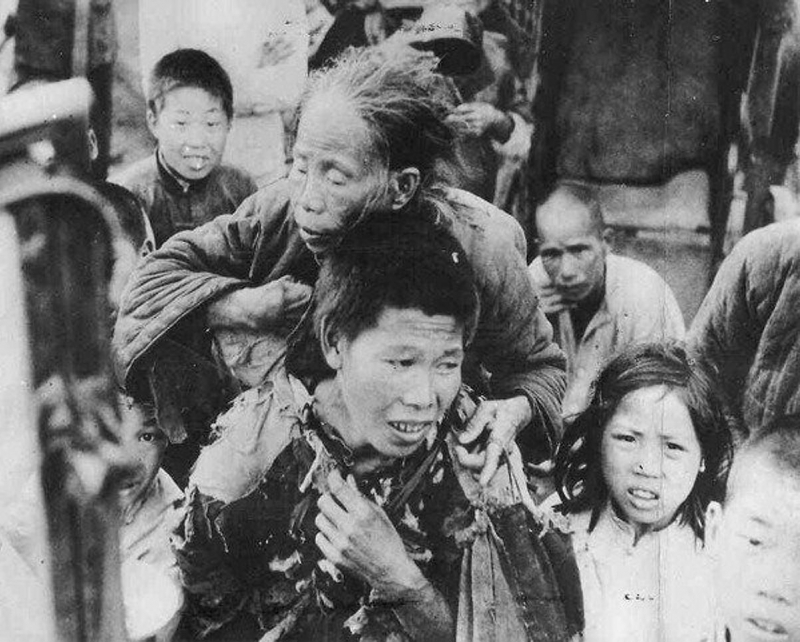
To this day, China still does not fully acknowledge the extent of the problem it created, referring to the period as the “Three Years of Troubles.”
No matter what you call the situation, the ecological disaster caused by the sparrow extermination campaign has taught a lesson for the future.
It is also worth noting that the Australian government recognized its mistake in time and avoided plunging into a crisis. These events have taught humanity not to interfere excessively in the “work of nature” and to remember that no creature was created without purpose.
Live
All